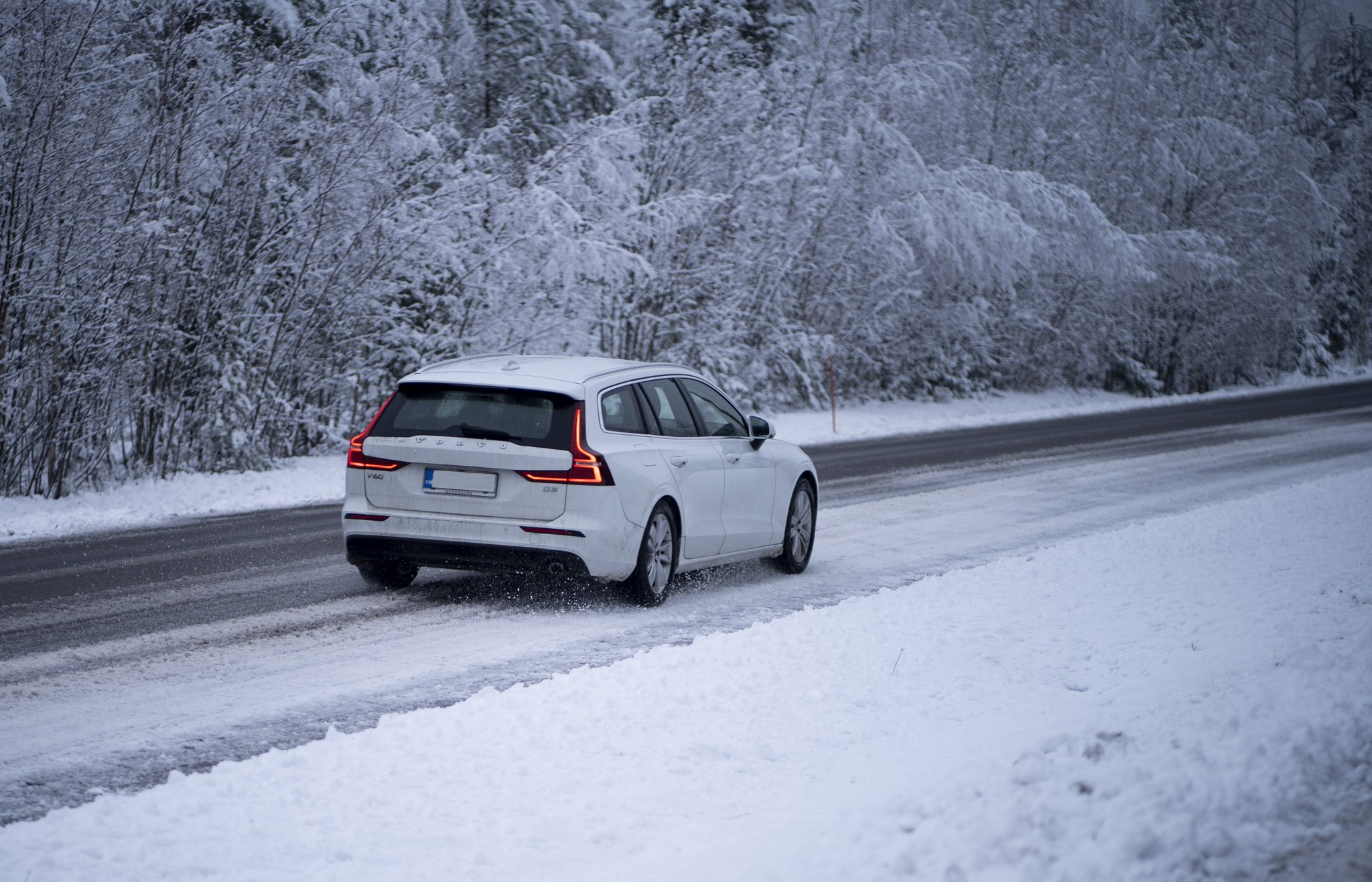Slip prevention
High-quality weather services allow anticipation of road surface freezing, among other things. Slipperiness is combated in most cases by the use of salt or sand. On heavily-trafficked roads, slip prevention is based on salting and on other roads on sanding. Salting allows the main roads to be kept free of snow and ice for most of the winter season.

Why use salting?
The roads are salted to ensure that the road surface has enough grip in winter and that traffic can operate smoothly and safely. On busy roads, even slightly slippery conditions can have serious consequences. Where there is busy traffic, grit does not remain in the driving lanes, the constant traffic polishes the road surface, and the surface snow becomes rutted.
In these situations, the most effective approach is to utilise the friction of the asphalt itself by using salt to prevent ice forming or to prevent falling snow from settling on the road surface. Salt is mainly used when the temperature is -6°C or above. Once the temperature drops below -4°C (-6°C for ls category roads), salt is usually no longer used as it does not effectively prevent ice formation. In addition, there is the risk that the snow melted by the salt will refreeze in an even more slippery form.
Salt is mainly used on the busiest roads, which account for around 9600 kilometres of the entire Finnish road network. As a rule, salt is used on other main roads only when it's slippery during autumn or the most problematic winter conditions.
In addition, both salt and sand are used as antiskid agents on moderately busy roads, which cover a distance of over 11,000 kilometres. On other roads (approximately 57,000 km) and pedestrian and cycling routes, slipperiness is prevented with sanding.
In certain groundwater areas, formates, or chemical antiskid agents, are used instead of salt. Formates are more environmentally friendly but also more expensive than traditional road salt.
Salting before the road becomes slippery
Contractors continuously monitor weather and road condition information and forecasts on how conditions are expected to change. If especially slippery road conditions are expected, salting operations are started well beforehand. Acting in advance like this significantly reduces the amount of salt which is needed. In addition, salting before snowfall prevents snow from sticking to the road surface.
The road surface can also be salted when the road and air temperatures are already above freezing. This is due either to the fact that the temperature is falling or to the fact that a strong wind is forecast. In strong winds, evaporation increases and wet roads can freeze at temperatures of up to 7°C.
